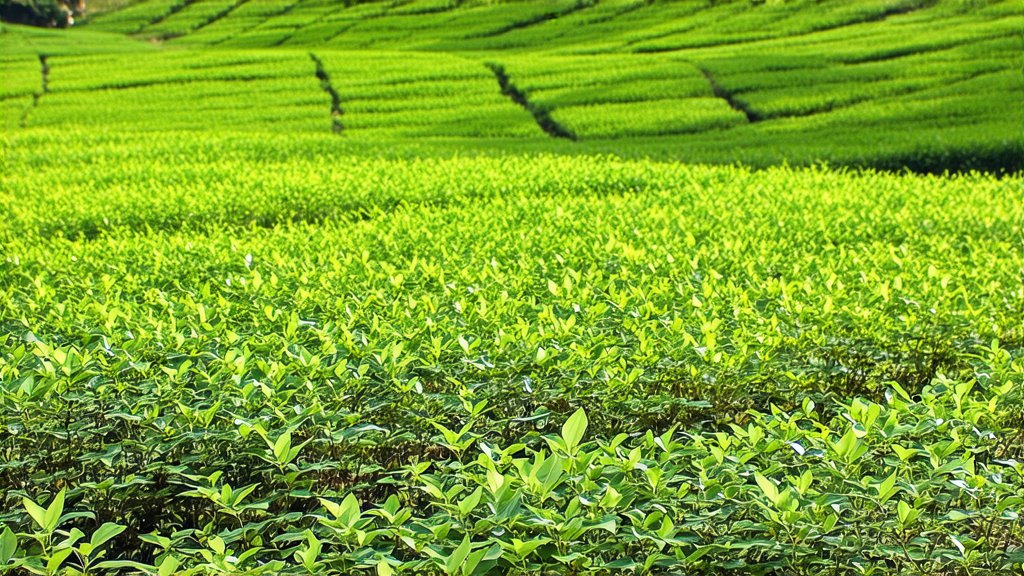
Longjing Tea, also known as Dragon Well Tea, is a quintessential representation of China's rich tea heritage and its profound relationship with nature. Originating from the picturesque hills surrounding West Lake in Hangzhou, Zhejiang Province, this green tea variety has captivated tea enthusiasts worldwide for centuries with its distinct flavor profile and elegant appearance. In this exploration, we delve into the history, varieties, meticulous craftsmanship, and the art of appreciating Longjing Tea, offering an insightful journey into the heart of Chinese tea culture.
A Legacy Etched in Time
The story of Longjing Tea dates back over a thousand years to the Tang Dynasty (618-907 AD), but it was during the Qing Dynasty (1644-1912) that it gained prominence as a favorite among emperors and literati. Legend has it that the tea was named after a dragon's well located near the area where it grows, symbolizing purity and the divine essence believed to reside within the spring waters. Over time, Longjing Tea became synonymous with quality and sophistication, earning its place as one of China's top ten famous teas.
Varieties and Distinctive Features
Longjing Tea comes in several grades, primarily determined by the time of harvest and the part of the plant used. The most prized is the Xin Cha, or pre-Qingming tea, harvested before the Qingming Festival (Tomb-Sweeping Day) in early April. This period yields tender leaves with a higher concentration of amino acids and lower levels of caffeine, resulting in a sweeter and more mellow taste. Following Xin Cha are the Yuan Cha, harvested around the Grain Rain season, and the summer and autumn harvests, each with its own unique characteristics.
The distinguishing feature of Longjing Tea lies in its flat, needle-like shape, reminiscent of the blades of a sword or the body of a dragon. The leaves are meticulously hand-panned in a wok over high heat, a process that not only halts oxidation but also imparts a unique chestnut aroma and a vibrant emerald hue to the brewed tea.
The Art of Crafting Longjing Tea
The production of Longjing Tea is an intricate dance between man and nature, requiring skillful hands and keen senses. It begins with selective plucking of the youngest shoots and leaves, typically consisting of one bud and two leaves. These are then carefully spread out on bamboo mats to undergo a process called "withering," where they lose some moisture content without direct sunlight.
Next comes the crucial step of fixation, where skilled tea masters use large iron pans heated to around 200°C to stir-fry the leaves continuously. This not only halts enzymatic activity but also shapes the leaves into their characteristic flat form. The panning process is a true test of dexterity and experience, as even slight variations in temperature or timing can significantly impact the final product.
After fixation, the tea undergoes rolling to further refine its shape and enhance flavor extraction. Finally, it is dried gently to remove any remaining moisture while preserving its freshness and aroma. Each batch of Longjing Tea is a testament to the artisan's dedication and the harmony between tradition and innovation.
Savoring the Essence of Longjing Tea
Tasting Longjing Tea is an experience that engages all five senses. To fully appreciate its nuances, one must observe the dry leaves' jade-green color and feel their smooth texture before brewing. When hot water (around 80°C) is poured over them, they unfurl gracefully, releasing a fragrant aroma that hints at roasted chestnuts and fresh grass.
The first sip reveals a complex interplay of flavors—a subtle sweetness balanced by a mild vegetal note, followed by a lingering umami finish. The texture is velvety smooth, gliding effortlessly across the palate. To truly savor Longjing Tea, one should take slow sips, allowing the tea to linger on the tongue and savor its depth and complexity.
In conclusion, Longjing Tea is more than just a beverage; it embodies the philosophy of harmony between humanity and nature, a reflection of China's ancient wisdom passed down through generations. Its cultivation, harvesting, and processing are steeped in tradition, while its consumption invites a moment of tranquility and contemplation. As you embark on your own journey exploring Longjing Tea, remember that each cup holds within it a story, a connection to the land, and a piece of cultural heritage that transcends borders.